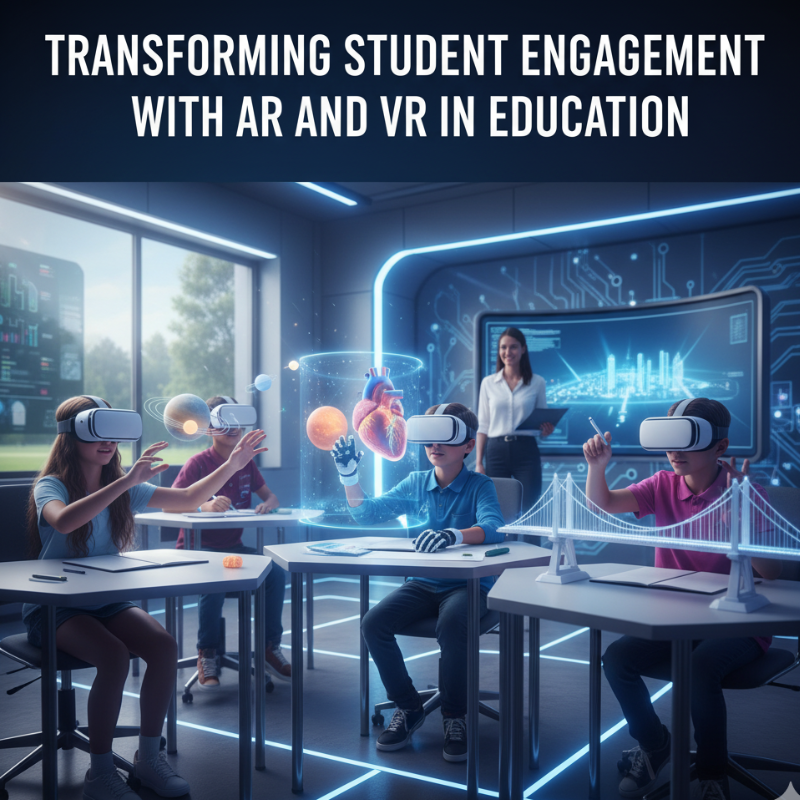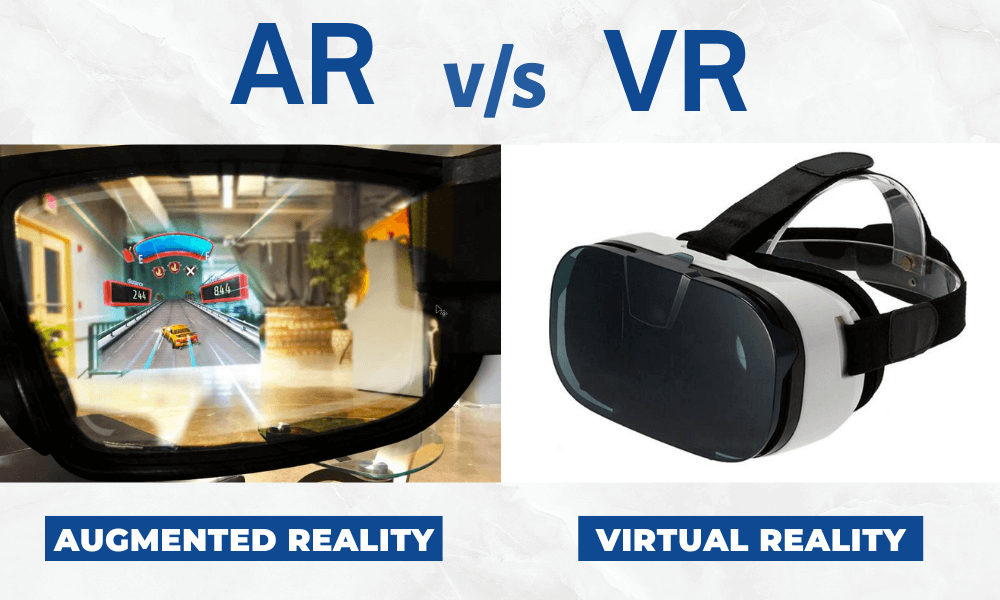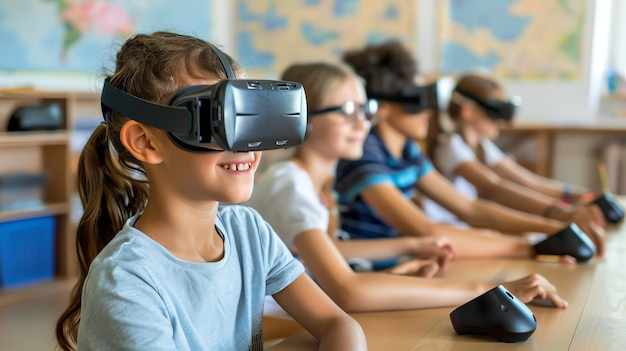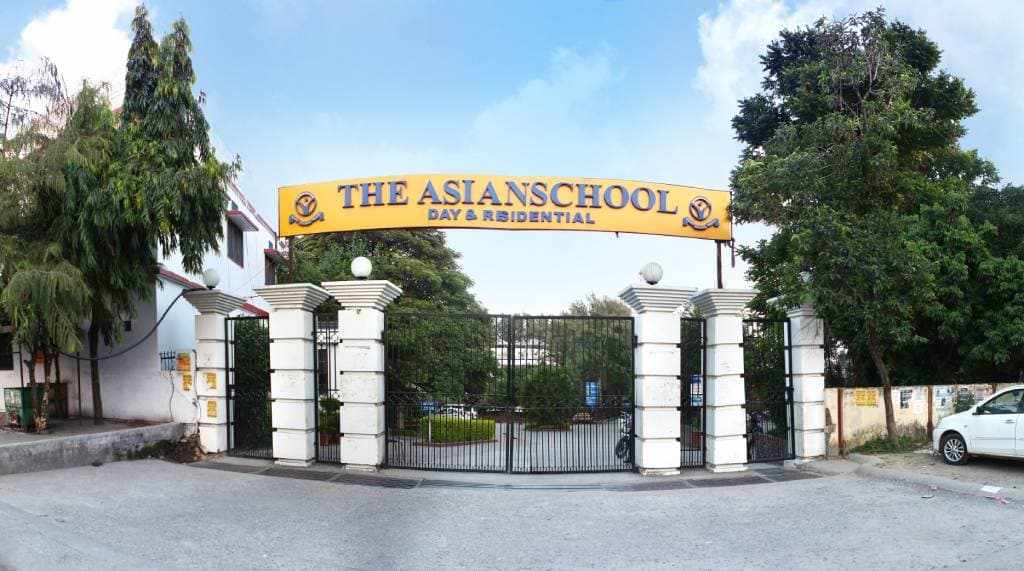
Do you recall trying to visualize the solar system or the inner workings of a human cell while you were in class? These abstract ideas were difficult for many of us to understand. However, what if you could enter them instead of just reading about them? This is what AR and VR in education have to offer.
Virtual reality (VR) and augmented reality (AR) are transforming education and are no longer only used for gaming. These technologies are increasing student engagement and assisting them in comprehending difficult subjects like never before by converting passive learning into an immersive and interactive experience. For parents and students thinking about attending a school, particularly a boarding school in Dehradun, this is a topic that is becoming more and more important.
What Exactly Are AR and VR?

Let's quickly review the distinction between the two before delving into their effects –
1. Augmented Reality (AR) – Consider augmented reality (AR) as the process of overlaying the physical world with digital data. When you look at something in your classroom with a smartphone or tablet, a 3D model will appear directly in front of you. For instance, you could rotate and look at a beating heart from all sides by pointing your phone at a biology worksheet. Augmented reality in classrooms combines the virtual and real worlds.
2. Virtual Reality (VR) – Conversely, virtual reality (VR) produces an entirely new, immersive world. You can enter a computer-generated environment by donning a virtual reality headset. You might be able to virtually dissect a frog, explore the surface of Mars, or even stroll through ancient Rome. Students can experience things that aren't possible in a traditional classroom thanks to this type of virtual reality learning in schools.
Why AR and VR Are a Game-Changer for Learning

These technologies offer far more advantages than just being "cool." They radically alter what students can learn and how they engage with information.
1. Making Learning Active Rather Than Passive – Conventional learning frequently consists of reading from a book or listening to a teacher. This may come across as uninteresting and passive. Students take an active role in their education when using AR and VR. They are able to physically solve problems, explore environments, and manipulate objects. Deeper comprehension and improved knowledge retention result from this active participation. Up to 90% of what students learn through experiential methods is retained, according to studies.
2. Simplifying Complex Concepts – Some students find abstract subjects like history, science, and math challenging. By bringing these ideas to life in three dimensions, augmented reality in classroom can make them easier to understand. Consider a student who learns about the atom by holding a three-dimensional model of it in their hands and watching the electrons orbit the nucleus rather than by looking at a flat diagram.
3. Safe and Risk-Free Exploration – Students can experience situations in virtual reality that are too costly or risky to undertake in real life. In a secure virtual setting, medical students can rehearse intricate surgeries, chemistry students can carry out dangerous experiments, and history students can observe historical events. Immersion training like this fosters skills and confidence without having any real-world repercussions.
4. Unleashing Curiosity and Creativity – Students are not only learning but also producing when they are able to construct a virtual rocket ship, design a new structure, or make their own virtual artwork. Students are encouraged to think creatively and with greater curiosity by AR and VR. This practical method stimulates their creativity and aids in the development of their critical thinking and problem-solving abilities.
5. A New Type of Field Trip – The world becomes the classroom when using virtual reality. Without ever leaving their desks, students can go on virtual field trips to far-off historical sites, the ocean floor, or even the moon. This breaks down geographical barriers and opens up a world of opportunities for schools worldwide, including those in the school list Dehradun, making learning accessible and global.
The Future of Education in India
Though many progressive institutions are already setting the standard, the integration of AR and VR is still expanding. Asking about the use of technology in the classroom is a smart idea for parents searching for the best residential schools or boarding schools in India. By using these resources, schools are preparing students for the jobs of the future rather than just teaching today.
A larger trend in contemporary education is the move away from rote memorization and toward a more dynamic, individualized, and experiential learning model, which includes the adoption of these immersive technologies. It's about making learning enjoyable and motivating in addition to being effective.
The Asian School, Dehradun – A Vision for the Future
We at The Asian School, Dehradun, are committed to offering an education that is fueled by cutting-edge technology and firmly grounded in moral principles. We are dedicated to investigating AR and VR in education in order to establish a dynamic and creative learning environment because we recognize the transformative potential of these technologies in education. We want to make sure that every student is not only ready for the future but also equipped to influence it.
Our campus offers the ideal environment for a well-rounded education by fusing extracurricular and athletic pursuits with academic achievement. Being one of the top boarding schools in Dehradun, we never stop coming up with new ideas to give our pupils the best resources for success. We think we can make learning more effective, memorable, and engaging for all students by embracing technologies like AR and VR.






Write a comment ...